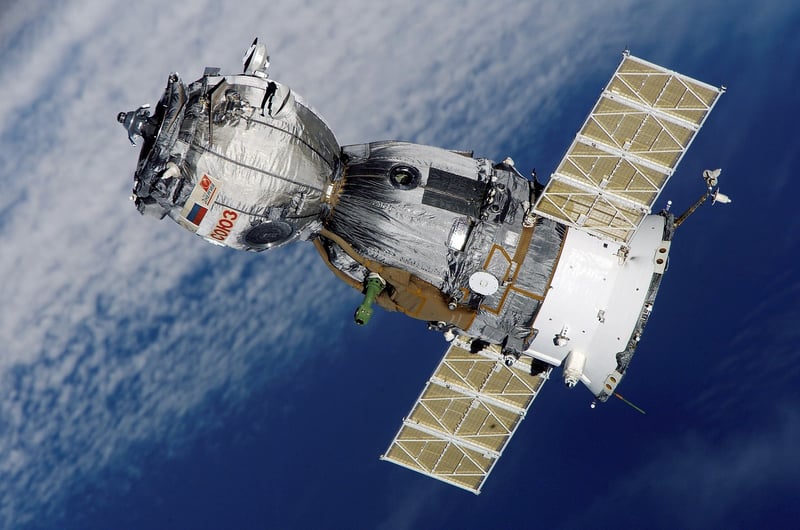Mission Logistics
Strategies for Successful Interstellar Missions
Introduction
Embarking on an interstellar mission is a monumental undertaking that requires meticulous planning, advanced technology, and unwavering determination. To ensure the success of such ambitious ventures, several key strategies must be considered and implemented. Let's delve into the essential strategies for successful interstellar missions.
1. Advanced Propulsion Systems
One of the primary challenges of interstellar travel is the vast distances involved. To overcome this hurdle, spacecraft must be equipped with advanced propulsion systems capable of achieving near-light speeds. Technologies such as ion propulsion, nuclear propulsion, and antimatter engines show promise in enabling faster travel across the vast expanse of space.
2. Long-Term Life Support
Interstellar missions can span decades or even centuries, requiring robust life support systems to sustain crew members during extended periods in space. Recycling systems for air, water, and waste, as well as advanced food production technologies, are essential to ensure the well-being of the crew throughout the journey.
3. Radiation Shielding
Space is filled with various forms of radiation that can pose serious health risks to astronauts. Effective shielding mechanisms, such as advanced materials and magnetic fields, are crucial to protect crew members from harmful cosmic radiation during interstellar travel.
4. Autonomous Systems
Interstellar missions involve vast distances from Earth, leading to communication delays that can last for years. Autonomous systems equipped with artificial intelligence are vital for decision-making, navigation, and problem-solving in real-time without relying on constant communication with Earth.
5. Mission Logistics
Efficient mission logistics are essential for the success of interstellar missions. This includes careful planning of resources, fuel management, trajectory optimization, and contingency plans for unforeseen events. Every aspect of the mission must be meticulously planned and executed to ensure a smooth journey to distant stars.
Conclusion
Interstellar missions represent the pinnacle of human exploration, pushing the boundaries of our knowledge and capabilities. By implementing advanced propulsion systems, long-term life support, radiation shielding, autonomous systems, and efficient mission logistics, humanity can pave the way for successful interstellar voyages to the far reaches of the cosmos.
Are you ready to embark on the journey to the stars?

Image Source: Pixabay
